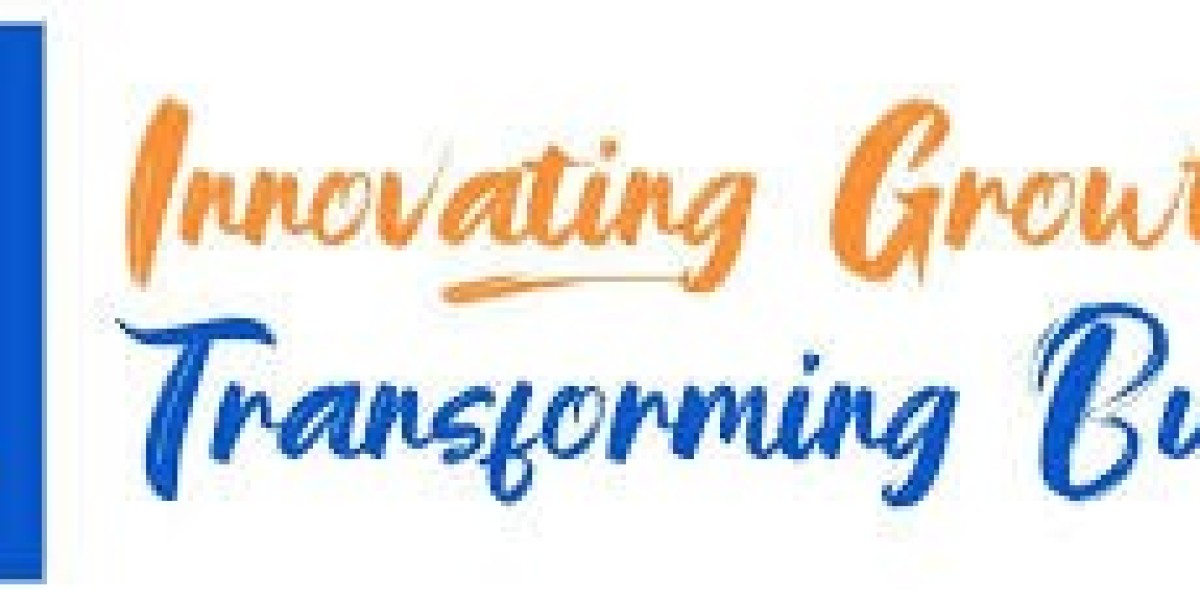In today's fast-paced industrial landscape, efficiency and precision are paramount. Whether you're working in automotive manufacturing, construction, agriculture, or hydraulic systems maintenance, the reliability of your hose assemblies can make or break your operations. This is where hose crimping machines emerge as indispensable tools, transforming the way professionals approach hose assembly and repair.
Understanding Hose Crimping Technology
A hose crimping machine is a specialized piece of equipment designed to permanently attach fittings to the ends of hydraulic and industrial hoses. The crimping process involves compressing the fitting's outer ferrule around the hose using precise pressure, creating a secure, leak-proof connection that can withstand extreme pressures and harsh operating conditions.
The technology behind hose crimping has evolved significantly over the decades. Modern hose crimping machines utilize hydraulic pressure to apply uniform compression around the entire circumference of the fitting, ensuring consistent results every time. This mechanical precision eliminates the variability associated with manual assembly methods, resulting in stronger, more reliable connections.
The Critical Role of Hose Crimping in Modern Industry
Industrial operations rely heavily on hydraulic systems to power everything from construction equipment to manufacturing machinery. These systems depend on high-pressure hose assemblies that must perform flawlessly under demanding conditions. A single hose failure can result in costly downtime, safety hazards, and expensive repairs.
Traditional methods of hose assembly, such as clamps or threaded connections, often fall short in high-pressure applications. Hose crimping machines address these limitations by creating permanent assemblies that maintain their integrity even under extreme pressure fluctuations, temperature variations, and constant vibration.
The automotive industry represents one of the largest markets for hose crimping technology. From power steering systems to brake lines, modern vehicles contain dozens of critical hose assemblies that must meet stringent safety and performance standards. Similarly, the construction industry relies on hose crimping machines to maintain heavy equipment that operates in challenging environments where component failure is not an option.
Indiecrimp: Leading the Innovation in Hose Crimping Solutions
Among the notable manufacturers in the hose crimping industry, Indiecrimp has established itself as a trusted name with over two decades of specialized experience. As part of the T.L. Pathak Group, which has been manufacturing high-quality machine tools since 1960, Indiecrimp brings a legacy of excellence to the modern hose crimping market.
What sets Indiecrimp apart is their commitment to combining European crimping technology with cost-effective manufacturing. Their hose crimping machines are designed to meet international production standards while remaining accessible to businesses of all sizes. With products exported to over 30 countries, Indiecrimp has proven its ability to serve diverse markets with varying requirements and specifications.
The company's focus on customization and OEM services demonstrates their understanding that different industries have unique needs. Whether a customer requires specific pressure capabilities, particular die configurations, or custom branding, Indiecrimp's manufacturing flexibility allows them to deliver tailored solutions without compromising on quality or delivery times.
Types and Applications of Hose Crimping Machines
The diversity of hose crimping applications has led to the development of various machine types, each optimized for specific use cases. Portable hose crimping machines offer the flexibility needed for field repairs and mobile service operations. These compact units can be transported to job sites where equipment breakdowns occur, enabling immediate repairs that minimize downtime.
Stationary hose crimping machines, on the other hand, are designed for high-volume production environments. These robust units can handle continuous operation while maintaining precise crimping specifications across thousands of assemblies. They typically feature automated die changing systems, digital pressure controls, and quality monitoring capabilities.
The range of hose sizes that modern crimping machines can accommodate is impressive. While smaller units might handle hoses from 1/4 inch to 1-1/4 inch, larger industrial machines can crimp hoses up to 3 inches in diameter or more. This versatility makes them suitable for everything from delicate instrumentation lines to massive hydraulic systems used in mining and marine applications.
Specialized crimping machines have also been developed for specific applications. Air conditioning and refrigeration systems require crimpers that can handle the unique properties of refrigerant hoses and their specialized fittings. Similarly, the aerospace industry demands crimping machines that can work with lightweight, high-strength materials while maintaining the exacting tolerances required for flight-critical systems.
The Technology Behind Modern Hose Crimping
Contemporary hose crimping machines incorporate sophisticated control systems that ensure consistent results regardless of operator skill level. Digital displays show precise pressure readings, while programmable controllers can store crimping specifications for different hose and fitting combinations. This automation reduces the potential for human error while increasing production efficiency.
The dies used in hose crimping machines are precisely engineered components that determine the final shape and compression of the crimped fitting. Different hose types, sizes, and fitting styles require specific die configurations. High-quality crimping machines often feature quick-change die systems that allow operators to switch between different specifications rapidly, maximizing productivity in environments where multiple hose types are processed.
Pressure control represents another critical aspect of modern crimping technology. Advanced machines can precisely regulate the crimping force to match the requirements of specific hose and fitting combinations. Too little pressure results in loose connections that may leak or separate under stress, while excessive pressure can damage the hose or fitting, compromising the assembly's integrity.
Quality Assurance and Standards Compliance
The reliability of hydraulic systems depends heavily on the quality of hose assemblies, making quality assurance a critical consideration in hose crimping operations. Professional-grade hose crimping machines are designed to produce assemblies that meet or exceed industry standards such as SAE, ISO, and DIN specifications.
Many modern crimping machines include built-in quality monitoring features that can detect variations in crimping pressure, die positioning, or other critical parameters. These systems can automatically reject assemblies that don't meet predetermined specifications, ensuring that only quality products reach the end user.
Documentation and traceability have become increasingly important in industries such as aerospace and automotive manufacturing. Advanced hose crimping machines can record detailed information about each assembly, including crimping pressure, date and time of manufacture, operator identification, and material lot numbers. This data becomes invaluable for quality investigations and regulatory compliance.
Economic Benefits and Return on Investment
Investing in a quality hose crimping machine offers significant economic advantages for businesses that regularly work with hydraulic systems. The most obvious benefit is the elimination of outsourcing costs. Companies that previously relied on external suppliers for hose assemblies can bring this capability in-house, reducing costs while improving response times.
The speed and efficiency of modern hose crimping machines also contribute to their economic value. A skilled operator using a quality crimping machine can produce dozens of assemblies per hour, far exceeding the productivity of manual assembly methods. This efficiency becomes particularly valuable in high-volume applications or emergency repair situations.
Inventory management represents another area where hose crimping machines provide economic benefits. Rather than stocking pre-made assemblies in various lengths and configurations, businesses can maintain inventories of bulk hose and fittings, creating custom assemblies as needed. This approach reduces storage requirements while improving flexibility.
Future Trends in Hose Crimping Technology
The hose crimping industry continues to evolve, driven by advances in automation, materials science, and digital technology. Smart crimping machines equipped with Internet of Things connectivity can provide real-time production data, predictive maintenance alerts, and remote diagnostics capabilities.
Sustainability considerations are also influencing hose crimping technology development. More efficient machines that reduce energy consumption, waste generation, and material usage are becoming increasingly important as companies focus on environmental responsibility.
The integration of artificial intelligence and machine learning technologies promises to further enhance the precision and efficiency of hose crimping operations. These systems can analyze vast amounts of production data to optimize crimping parameters, predict equipment maintenance needs, and identify quality issues before they impact production.
Conclusion
Hydraulic Hose crimping machines have evolved from simple mechanical devices to sophisticated manufacturing systems that play a crucial role in modern industrial operations. Companies like Indiecrimp, with their decades of experience and commitment to quality, continue to drive innovation in this essential technology sector.
As industries become increasingly dependent on reliable hydraulic systems, the importance of quality hose assemblies will only continue to grow. Investing in the right hose crimping machine technology today positions businesses for success in tomorrow's demanding industrial environment, ensuring they can meet the challenges of efficiency, quality, and reliability that define modern manufacturing excellence.







